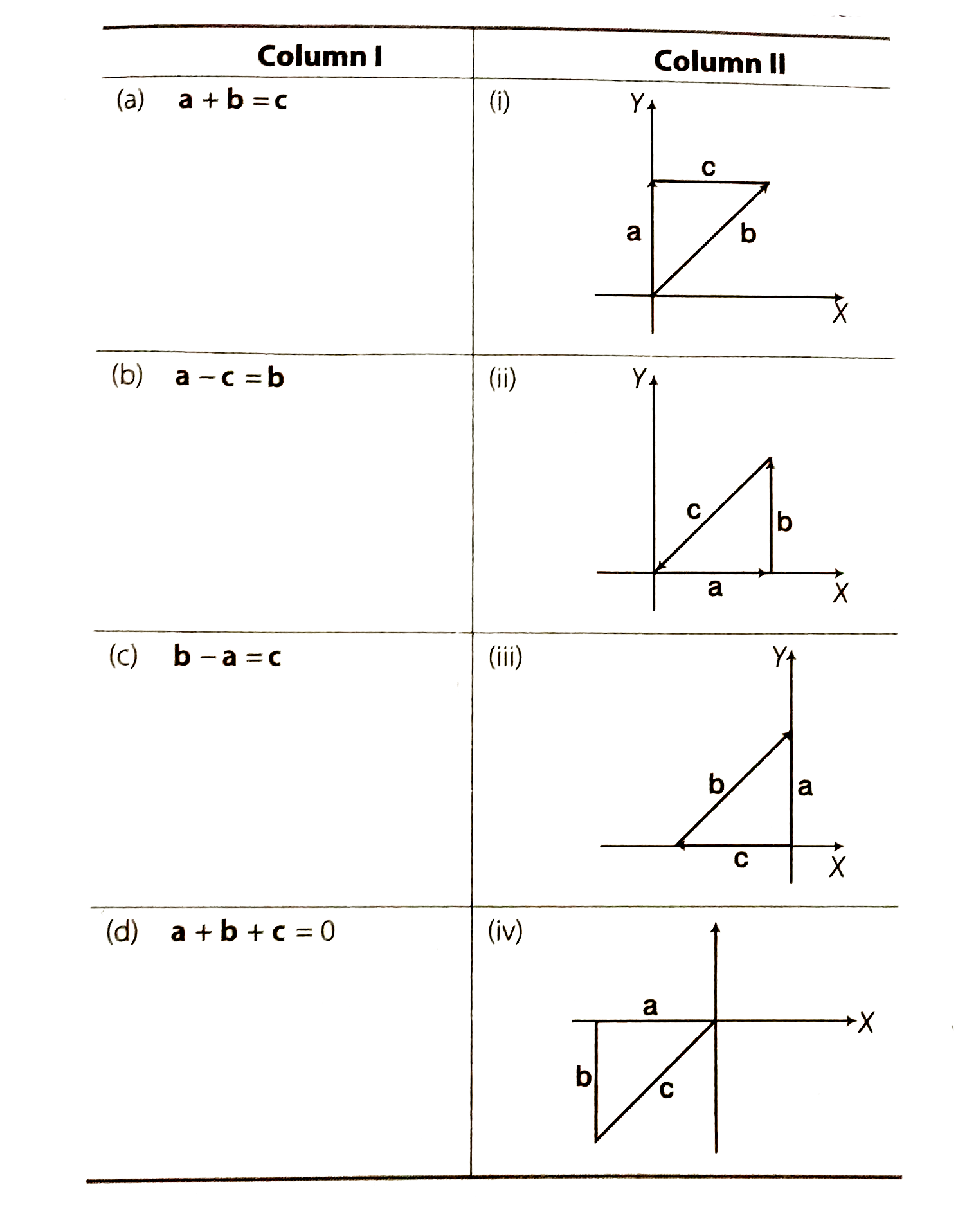Column I
I. Inguinal canal
II. Clitoris
III. Seminiferqus tubules
IV. Polar body
Column II
(A) Homologous to penis
(B) Testis
(C) Connection of scrotum with abdomen
(D) Oogenesis
I - B, II - A, III - D, IV - C
I - D, II - B, III - C, IV - A
I - D, II - C, III - B, IV - A
I - C, II - A, III - B, IV - D
The correct Answer is:D
To solve the matching question between Column I and Column II, we need to analyze each item in Column I and find its corresponding match in Column II.
1. Inguinal Canal:
- The inguinal canal is a passage that connects the scrotum to the abdomen. It allows for the descent of the testis during development.
- Match: (C) Connection of scrotum with abdomen.
2. Clitoris:
- The clitoris is a part of the female external genitalia and is homologous to the penis in males, meaning they share a common embryonic origin.
- Match: (A) Homologous to penis.
3. Seminiferous Tubules:
- The seminiferous tubules are located within the testis and are responsible for the production of sperm. They are considered the structural and functional units of the testis.
- Match: (B) Testis.
4. Polar Body:
- The polar body is a byproduct of oogenesis (the formation of ova in females). It is formed during the meiotic divisions of oocytes and is much smaller than the ovum.
- Match: (D) Oogenesis.
Final Matches:
- I. Inguinal canal → (C) Connection of scrotum with abdomen
- II. Clitoris → (A) Homologous to penis
- III. Seminiferous tubules → (B) Testis
- IV. Polar body → (D) Oogenesis
Conclusion:
The correct matches are:
- I - C
- II - A
- III - B
- IV - D
Thus, the answer is option 4.
- The inguinal canal is a passage that connects the scrotum to the abdomen. It allows for the descent of the testis during development.
- Match: (C) Connection of scrotum with abdomen.
- The clitoris is a part of the female external genitalia and is homologous to the penis in males, meaning they share a common embryonic origin.
- Match: (A) Homologous to penis.
- The seminiferous tubules are located within the testis and are responsible for the production of sperm. They are considered the structural and functional units of the testis.
- Match: (B) Testis.
- The polar body is a byproduct of oogenesis (the formation of ova in females). It is formed during the meiotic divisions of oocytes and is much smaller than the ovum.
- Match: (D) Oogenesis.
- I. Inguinal canal → (C) Connection of scrotum with abdomen
- II. Clitoris → (A) Homologous to penis
- III. Seminiferous tubules → (B) Testis
- IV. Polar body → (D) Oogenesis
The correct matches are:
- I - C
- II - A
- III - B
- IV - D
Similar Questions
Given below in Column I are the relations between vectors a,b and c and in Column II are the orientations of a, b and c in the XY - plane . Match the relation in Column I to correct orientations in Column II.
 View Solution
View SolutionMatch the statements (a, b, c, d) in column I with the statements (I, ii, iii, iv) in column II.
 View Solution
View Solution
Knowledge Check
- Question 1 - Select One
Coiumn I
I. Semen
II. Birth canal
III. Penis
IV. Seminiferous tubule
Coiumn II
(A) Clitoris
(B) Testicular lobules
(C) Vagina
(D) Prostate glandAI - B, II - A, III - D, IV - CBI - D, II - B, III - C, IV - ACI - D, II - C, III - B, IV - ADI - D, II - C, III - A, IV - B - Question 2 - Select One
Column I
I. Testis
II. Vulva
III. Prostatic fluid
IV. Production of ova
Column II
(A) Gives specific smell to semen
(B) Oogenesis
(C) Located in scrotum
(D) Labia majoraAI - C, II - D, III - A, IV - BBI - D, II - B, III - C, IV - ACI - D, II - C, III - B, IV - ADI - D, II - C, III - A, IV - B - Question 3 - Select One
Column I
I. Acrosome
II. Endometrium
III. Polar body
IV. Clitoris
Column II
(A) Rudimentary erectile tissue
(B) Uterus
(C) Oogenesis
(D) SpermatozoanAI - B, II - A, III - D, IV - CBI - D, II - B, III - C, IV - ACI - D, II - C, III - B, IV - ADI - D, II - C, III - A, IV - B
Match the statements (a, b, c, d) in column I with the statements (I, ii, iii, iv) in column II.
 View Solution
View SolutionColumn I
I. Acrosome
II. Leydig's cells or interstitial cells
III. Graafian follicles
IV. Hymen
Column II
(A) Ovary
(B) Vagina
(C) Sperm
(D) TestisView SolutionMatch the columns and choose the correct answer.
(a) Aldosterone (Column I) (i) Zona fasciculata (Column II) (b) DHEA (Column I) (ii) Zona glomerulosa (Column II) (c) Cortisol (Column I) (iii) Zona reticulans (Column II) (d) Adrenaline (Column I) (iv) Adrenal medulla (Column II)View Solutionmatch the following column a. Lecanora esculenta (columnI) b. Cladonia rangifera (column I) c. parmelia(column I) d. cetaria islandica(cloumn I) e. Dermatocarpon miniatum(cloumn I). (i) Iceland moss(column II) (ii) Rock flower(column II) (iii) Stone mushroom(column II) (iv) Brad of heaven(column II) (v) Reindeer moss(column II)
View Solutionmatch the following column a. small pox (column I) b.German measles(column I) c.Mumps(column I) d.AIDS(column I) e. Polimyelitis (column I) . (i) paramyxo virus (column II) (ii) polio virus(column II) (iii) variola virus (column II) ( iv) Rubella virus(column II) (v) Retro virus(column II).
View Solution

